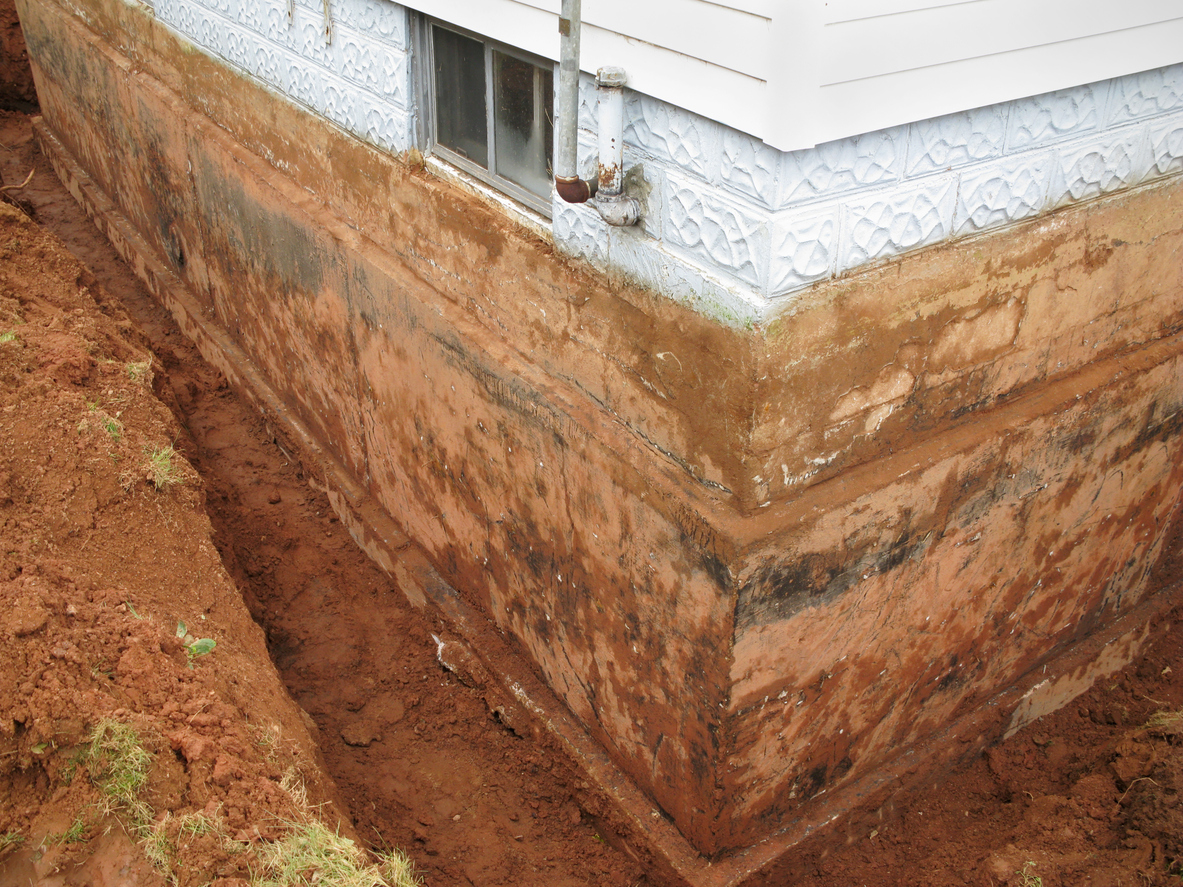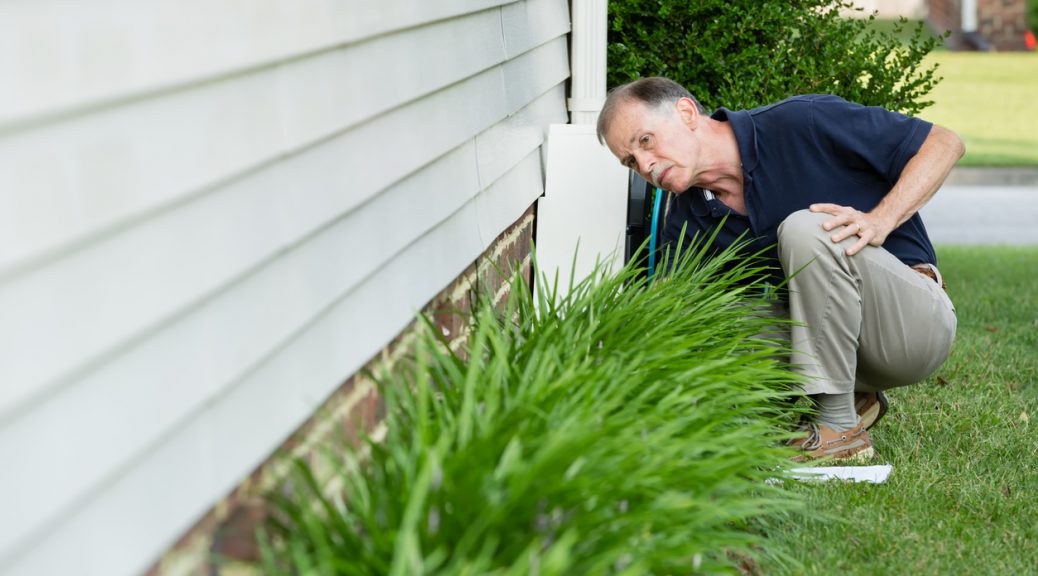If you don’t want unpleasant surprises next spring, ones that will involve large expenses and major repairs, it would be wise to assess the condition of your home’s foundations right away. Do you see any cracks?

If you ignore a new crack that appeared, water will infiltrate into your basement during the spring thaw period, and you will start having problems. Don’t be negligent. The earlier you take care of your cracked foundation, the less likely it will affect the value of your property.
If you notice a crack, stay calm. It was probably caused by ground movement. It’s most likely a natural crack. Hard to believe, but the ground moves all the time. The foundations, too, which explains the walls moving inside the home. The whole structure moves.
Usually, a series of cracks are not caused by a manufacturing defect or poor-quality concrete, like pyrite in the Mauricie region. Another important factor: the footings’ depth varies from one region to the other in Québec.
There are many ways to repair a crack. One of them consists of installing two steel plates and injecting a product to fill the vacant space. Some specialists prefer sealing the crack from the inside, others from the outside of the home.
To prevent cracks, some homeowners install rigid insulating panels to protect the base of the foundations from the cold.
If you notice traces of moisture and humidity, it’s a bad sign. Écohabitation experts offer the following advice:
- Drain the water around the basement and check the condition of the pipes.
- Install a waterproof material over the whole outer surface of the foundation and footings. This could be a membrane or a liquid rubber compound.
- The concrete slab on the ground must be waterproof. You will have to add a membrane to block the soil’s humidity from infiltrating. Otherwise, you can install a waterproof material on a layer of rigid insulation before pouring the concrete slab. That is even more efficient.

The classic method to measure the humidity level and water infiltration is to affix a piece of aluminum foil or plastic wrap on the wall and floor. If you see water droplets on the surface of the foil or wrap, you have a moisture condensation problem. If the droplets are under the foil or wrap, you have a water infiltration problem.
If your home’s foundations are starting to show signs of moisture, make sure your yard is draining properly and that the quality of the insulation is good.
To learn more about other maintenance work you should be doing inside and outside the home to prevent a spring disaster, click here.
Images: iStock.com

